How can we assess the health risks associated with exposure to electromagnetic fields?
As partners of the European SEAWave project, Télécom Paris and the C2M Chair are developing innovative measurement techniques to respond to public concern about the possible effects of cell phone usage. Funded by the EU to the tune of €8 million, the project will be launched in June 2022 for a period of 3 years. Interview with Joe Wiart, holder of the C2M Chair (Modeling, Characterization and Control of Electromagnetic Wave Exposure).
Could you remind us of the context in which the call for projects ‘Health and Exposure to Electromagnetic Fields (EMF)’ of the Horizon Europe program was launched?
Joe Wiart – The exponential use of wireless communication devices, throughout Europe, comes with a perceived risk associated with electromagnetic radiation, despite the existing protection thresholds (Recommendation 1999/519/CE and Directive 2013/35/UE). With the rollout of 5G, these concerns have multiplied. The Horizon Europe program will help to address these questions and concerns, and will study the possible impacts on specific populations, such as children and workers. It will intensify studies on millimeter-wave frequencies and investigate compliance analysis methods in these frequency ranges. The program will look at the evolution of electromagnetic exposure, as well as the contribution of exposure levels induced by 5G and new variable beam antennas. It will also investigate tools to better assess risks, communicate, and respond to concerns.
What is the challenge of SEAWave, one of the four selected projects, of which Télécom Paris is a partner?
JW – Currently, there is a lot of work, such as that of the ICNIRP (International Commission on Non-Ionizing Radiation Protection), that has been done to assess the compliance of radio-frequency equipment with protection thresholds. This work is largely based on conservative methods or models. SEAWave will contribute to these approaches in exposure to millimeter waves (with in vivo and in vitro studies). These approaches, by design, take the worst-case scenarios and overestimate the exposure. Yet, for a better control of possible impacts, as in epidemiological studies, and without underestimating conservative approaches, it is necessary to assess actual exposure. The work carried out by SEAWave will focus on establishing potentially new patterns of use, estimating associated exposure levels, and comparing them to existing patterns. Using innovative technology, the activities will focus on monitoring not only the general population, but also specific risk groups, such as children and workers.
What scientific contribution have Télécom Paris researchers made to this project that includes eleven Work Packages (WP)?
JW – The C2M Chair at Télécom Paris is involved in the work of four interdependent WPs, and is responsible for WP1 on EMF exposure in the context of the rollout of 5G. Among the eleven WPs, four are dedicated to millimeter waves and biomedical studies, and four others are dedicated to monitoring the exposure levels induced by 5G. The last three are dedicated to project management, but also to tools for risk assessment and communication. The researchers at Télécom Paris will mainly be taking part in the four WPs dedicated to monitoring the exposure levels induced by 5G. They will draw on measurement campaigns in Europe, networks of connected sensors, tools from artificial neural networks and, more generally, methods from Artificial Intelligence.
What are the scientific obstacles that need to be overcome?
JW – For a long time, assessing and monitoring exposure levels has been based on deterministic methods. With the increasing complexity of networks, like 5G, but also with the versatility of uses, these methods have reached their limits. It is necessary to develop new approaches based on the study of time series, statistical methods, and Artificial Intelligence tools applied to the dosimetry of radio frequency fields. Télécom Paris has been working in this field for many years; this expertise will be essential in overcoming the scientific obstacles that SEAWave will face.
The SEAWave consortium has around 15 partners. Who are they and what are your collaborations?
JW – These partners fall into three broad categories. The first is related to engineering: in addition to Télécom Paris, there is, for example, the Aristotle University of Thessaloniki (Greece), the Agenzia Nazionale per le Nuove Tecnologie, l’Energia e lo Sviluppo Economico Sostenibile (Italy), Schmid & Partner Engineering AG (Switzerland), the Foundation for Research on Information Technologies in Society (IT’IS, Switzerland), the Interuniversity Microelectronics Centre (IMEC, Belgium), and the CEA (France). The second category concerns biomedical aspects, with partners such as the IU Internationale Hochschule (Germany), Lausanne University Hospital (Switzerland), and the Fraunhofer-Institut für Toxikologie und Experimentelle Medizin (Germany). The last category is dedicated to risk management. It includes the International Agency for Research on Cancer (IARC, France), the Bundesamt für Strahlenschutz (Germany) and the French National Frequency Agency (ANFR, France).
We will mainly collaborate with partners such as the Aristotle University of Thessaloniki, the CEA, the IT’IS Foundation and the IMEC, but also with the IARC and the ANFR.
The project will end in 2025. In the long run, what are the expected results?
JW – First of all, tools to better control the risk and better assess the exposure levels induced by current and future wireless communication networks. All the measurements that will have been carried out will provide a good characterization of the exposure for specific populations (e.g. children, workers) and will lay the foundations for a European map of radio frequency exposure.
Interview by Véronique Charlet


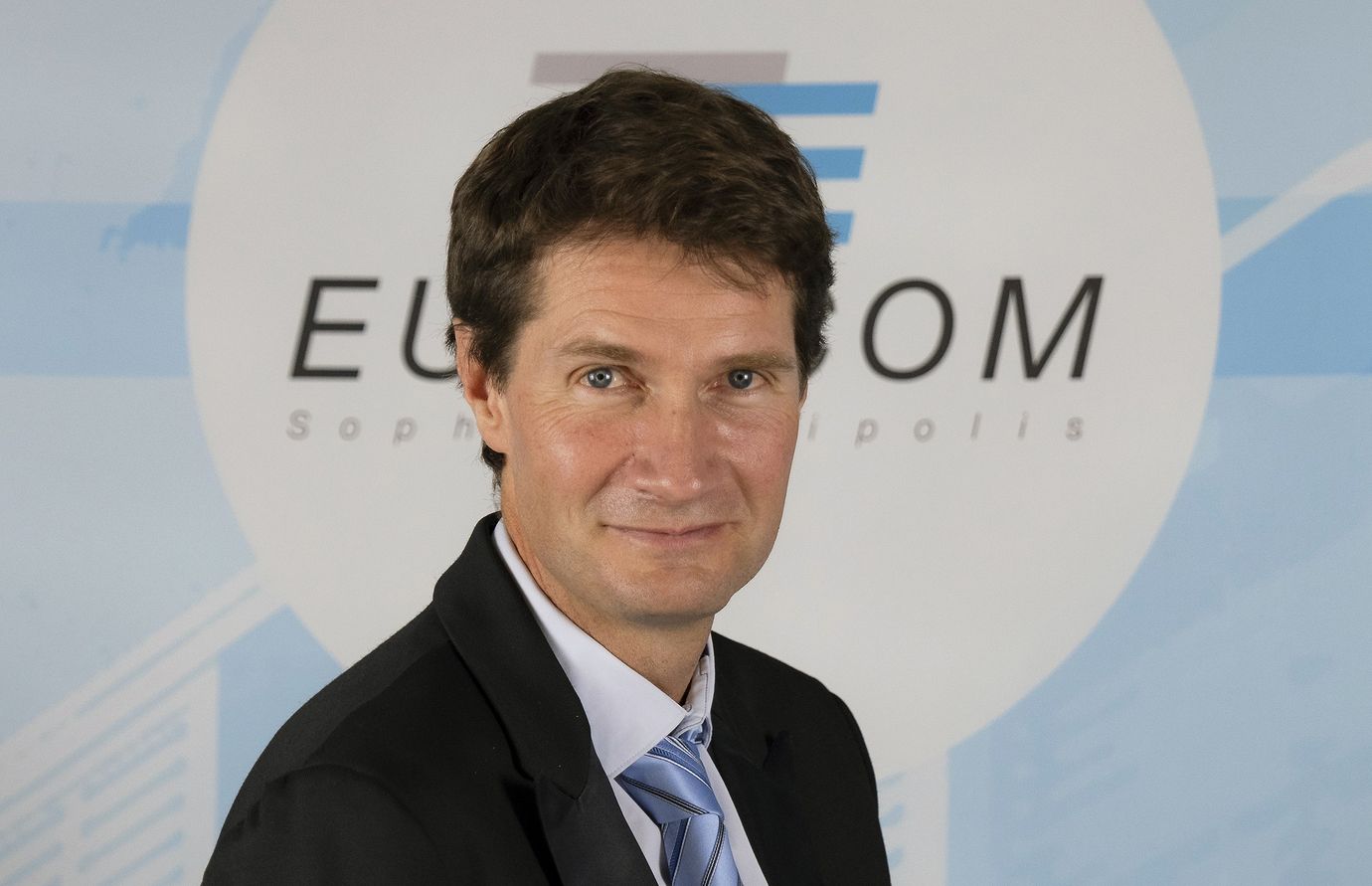
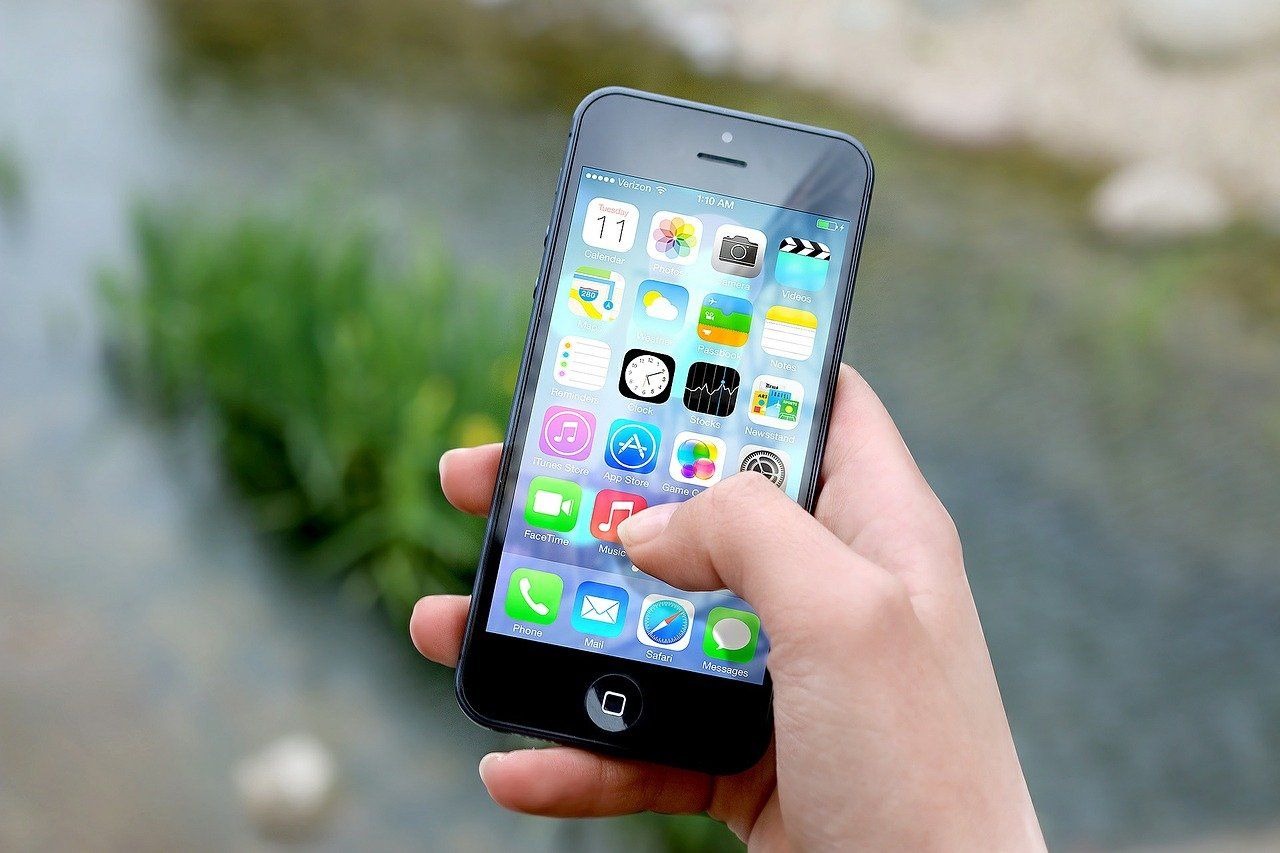
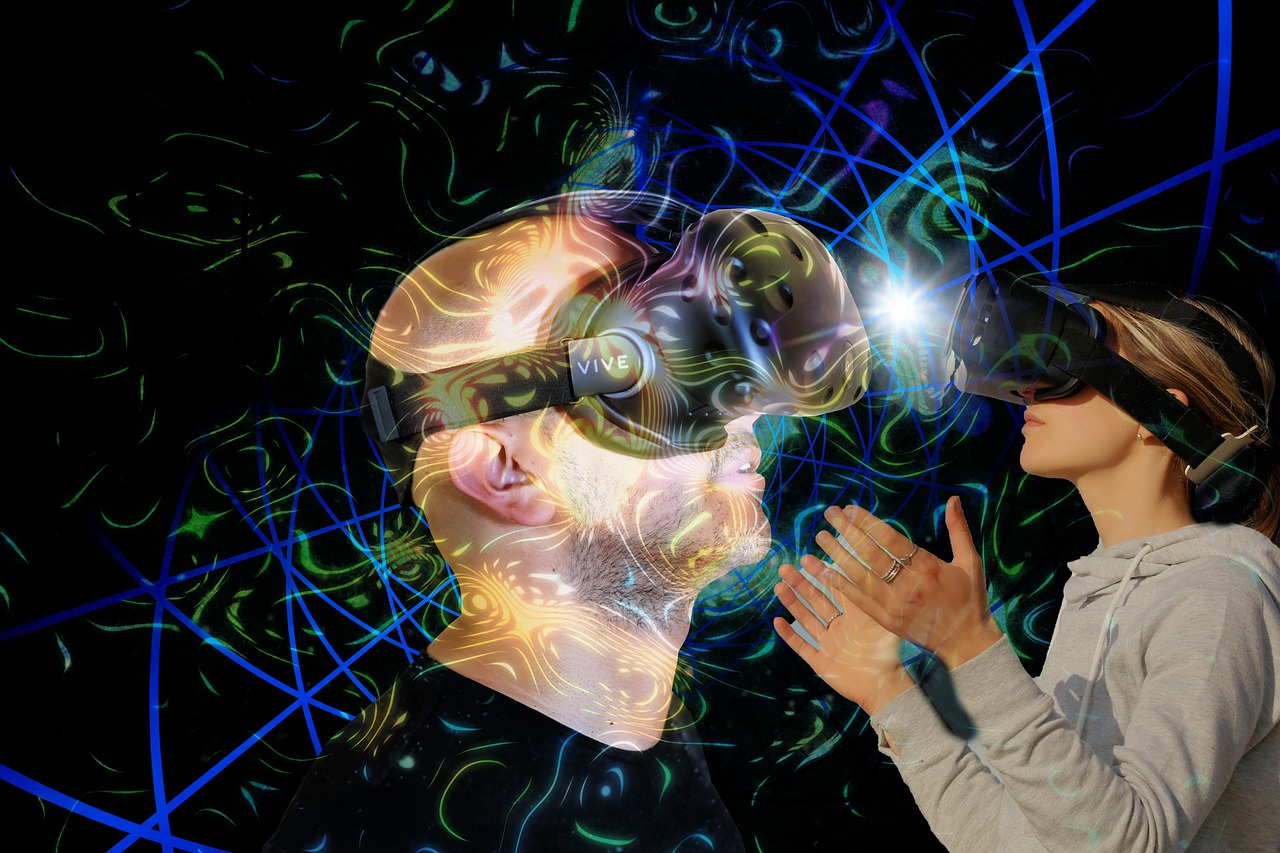
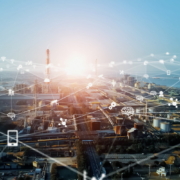
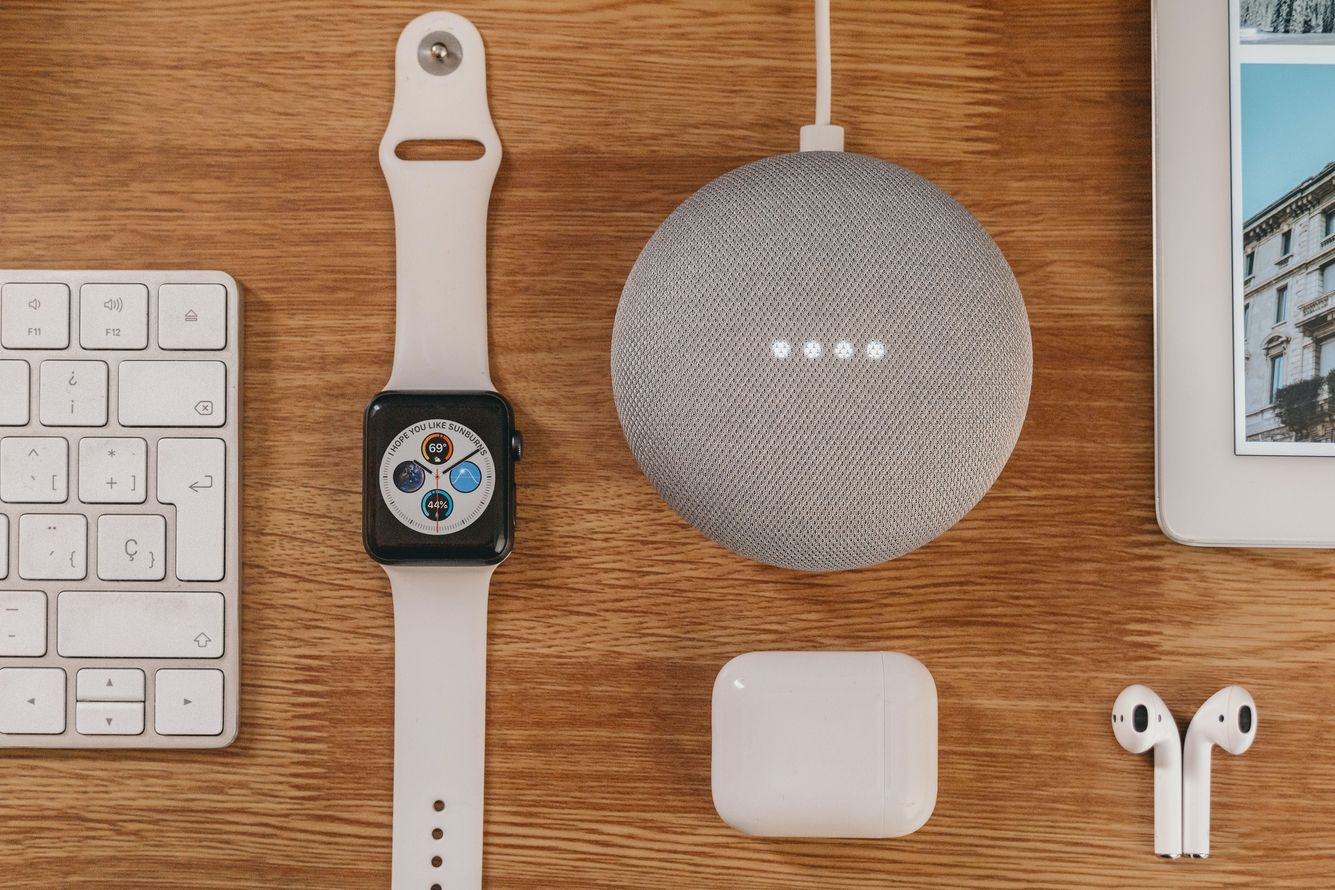




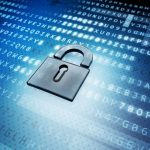
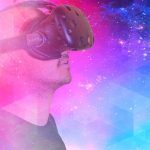
Leave a Reply
Want to join the discussion?Feel free to contribute!